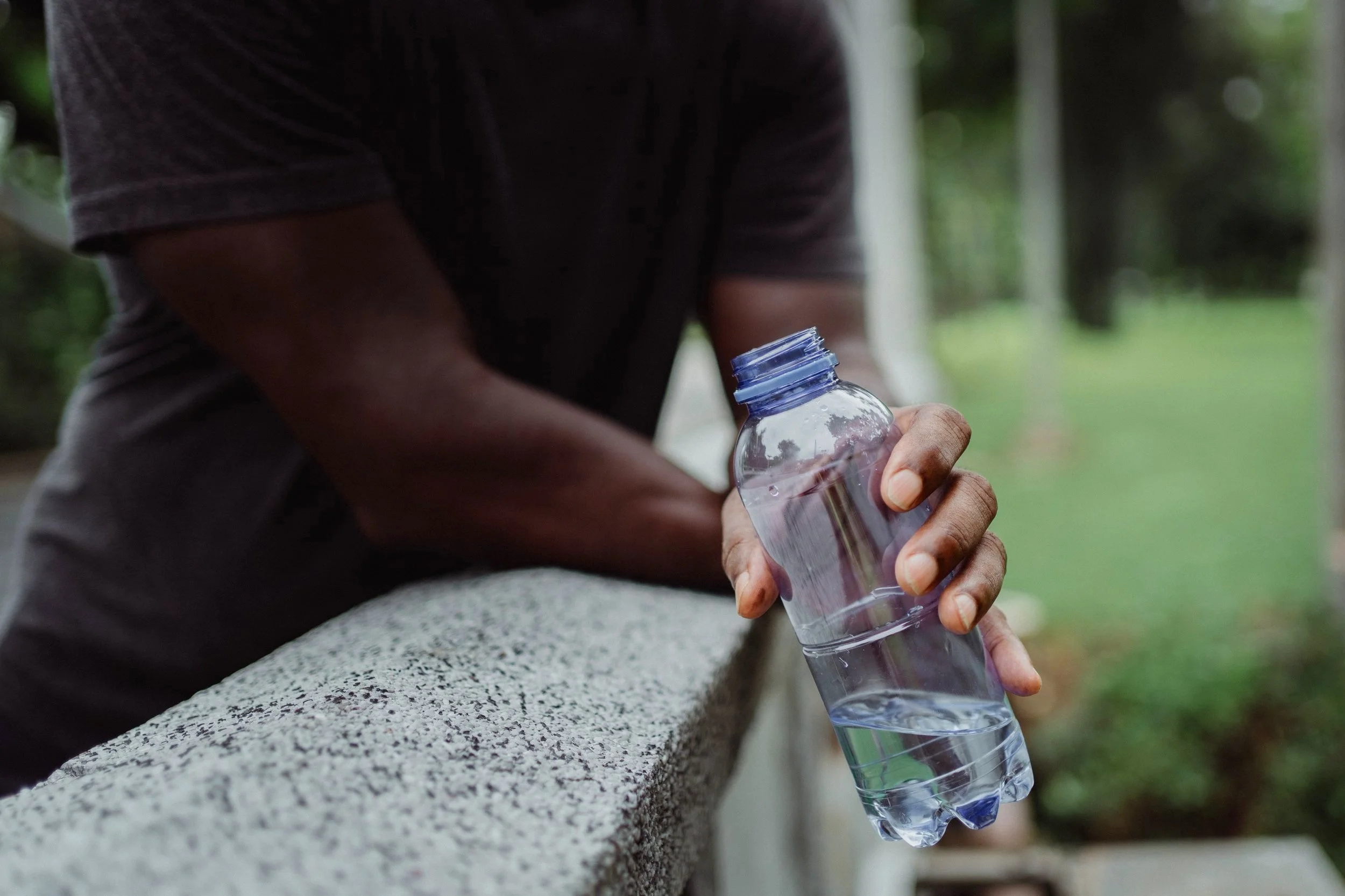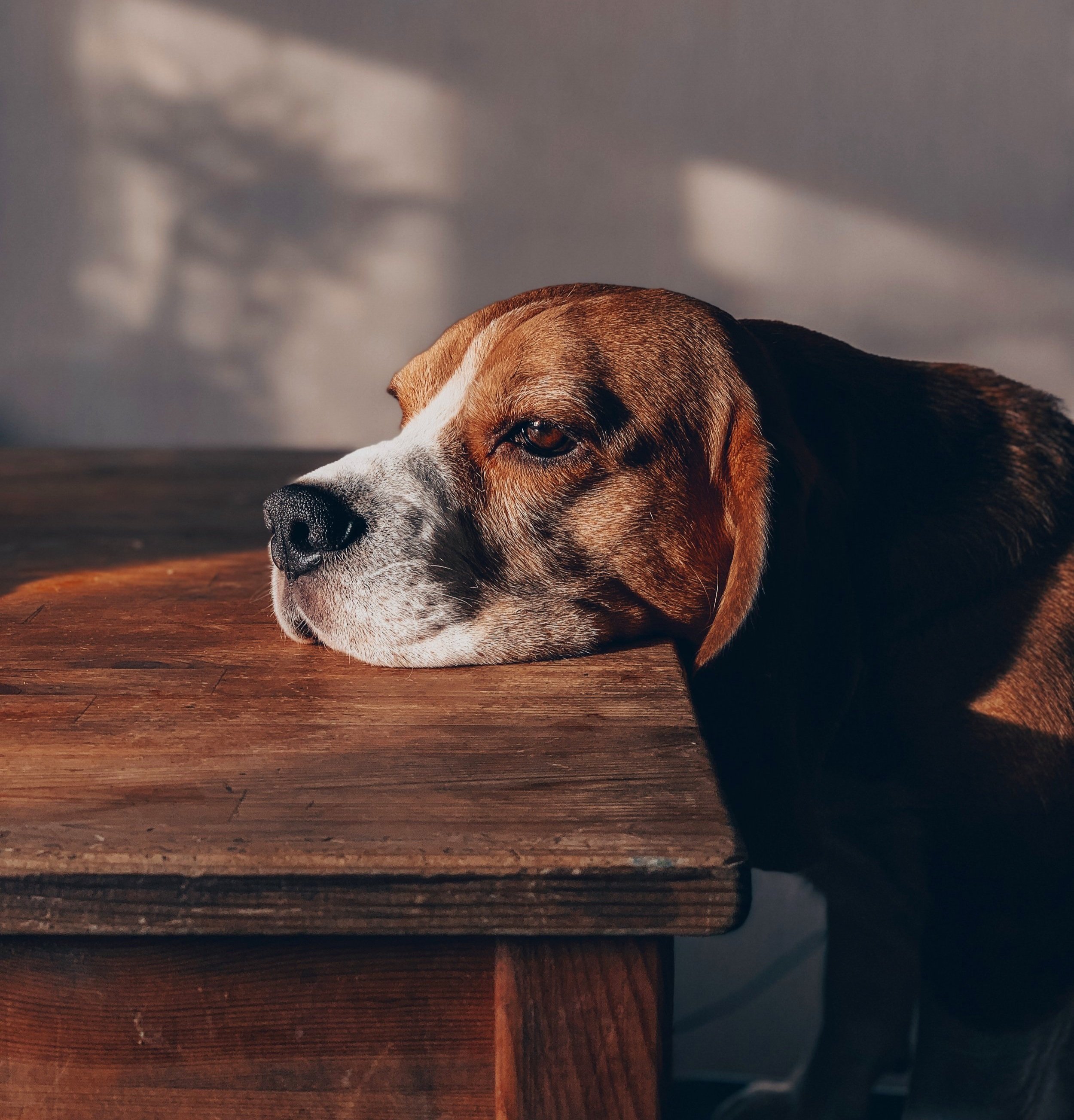Unless you’ve literally been living under a rock the past weeks, no doubt you’ve felt the notorious Philippine summer.
While people from other countries take their summers as a time to come out and play, Filipinos take to hiding inside air-conditioned rooms, malls, or the nearest shade we could find.
The heat and humidity are forbidding during this stretch of the year, brought about by the tropical location of our islands and, of course, climate change.
So in this post, we talk about some survival strategies to make the remaining weeks safer and more enjoyable. We’ll also get into some not-often-discussed tips for summer.
Summer Survival Strategies
#1 Institute your own version of DST
Western countries have Daylight Savings Time as a way of adjusting their activities to the annual rhythms of sunlight.
The Philippines doesn’t have that practice, we persevere with our regular schedules throughout the year…regardless of the heat. (Rain and typhoons are different things though.)
But as someone conscious of the harm UV rays can do to your body, you have to make an effort of moving your activities later in the day, when the sun has set and the environment has started cooling down. (Or earlier, before everything gets too hot.)
Move your meetings and other outdoor activities to a later time, into the cooler phases of the day. Plan exercises, picnics, and outings a little later in the day, for example.
Moving things a little later in the day will obviously require some mental adjustment and some getting used to, but that will be the kindest thing you can do to your skin.
#2 Move activities indoors.
If at all possible, avoid conducting your activities outdoors—especially during the hours 10 A.M. to 3 P.M.
Relocate them inside.
You will often be advised to wear loose or lighter clothing, a hat, sunglasses, and sunscreen when staying outdoors. But the truth is, they can only do so much. There’s no amount of clothing protection, that can truly keep you scot-free from the mighty sun.
Notice that the intense heat inside your car when you open one that’s been baking under the sun for hours are the same rays hitting your body—only your body is doing a marvelous job of keeping your temperature in check.
So besides adjusting the schedule of activities, you might want to move indoors…especially when the sun is harshest.
#3 Don’t rely on your thirst for hydration.
Drinking water is an important element in the battle against heat exhaustion and heat stroke. It replenishes lost fluids to sweat and helps the body thermoregulate.
When the body is low on water, a message is sent to the brain to signal thirst. This encourages the individual to go to the water dispenser and get a filling glass of H₂O.
Everything is well.
Unfortunately for some people, this thirst recognition mechanism does not work as smoothly as it should. Some may already be mildly dehydrated and still not feel thirsty at all. This is true for many older folks and is a well-known public health concern.
In 2003, France had a deadly heatwave that caused the demise of 14,000 seniors. Their deaths have been attributed largely to not drinking enough water. In a study, older men were found to be especially prone to dehydration.
So waiting to get thirsty might not be the most efficient way to hydrate oneself. For senior folks, the body is just not as quick and not as sharp to signal what it needs. The irony is that the people who need water the most are the ones who do not feel thirsty.
A regular ration of water should be taken at regular intervals instead, especially on hot days. The advised 8 glasses of water a day, won’t be enough on hot days or in the summer, you need to up that in response to more sweating. You can check if you’re dehydrated by the color of your urine. The clearer it is, the better. (When it starts to get yellow, that’s “Caution,” you need to drink up.)
Since your body is using up water consistently, whether you’re sitting in a cold room or sweating it out on the patio, you should also consistently hydrate yourself, whether you feel thirsty or not.
Setting an alarm or a reminder on your phone will help you stick to a schedule.
#4 Protect yourself even indoors.
Going inside might give you a sense of safety. While being indoors can provide some protection from the sun's harmful rays, it’s important to note that not all indoor environments offer complete protection.
An ordinary glass that lets the light in also lets in as much as 74% of UV radiation.
So you should still protect yourself even when indoors. Wear sunscreen. Wear sunglasses, especially if you’re driving or around windows or skylights a lot. If your workstation is near a window, try putting blinds to moderate the intensity of sunlight.
Just because you’re indoors doesn’t mean you let your guard down.
#5 Beware: The Summer SAD
Summer often evokes a carefree, playdate under the sun. Somehow the bright light and vivid colors of summer lift the moods of many.
But not everybody. There are people who actually become depressed during the summer.
You’ve probably heard of SAD (or Seasonal Affective Disorder) which hits around 4%-6% of the American population. It’s a mood disorder that hits during the fall and winter months and is characterized by depressive moods, low interest, low energy, low appetite, and social withdrawal.
Well, as it turns out, there’s a corresponding depression that hits during summer. And it affects more people than the winter variant.
Nobody’s really sure why this happens, but looking closely into what happens during summer might give us clues as to why.
We might not spot this immediately, but summer is a particularly stressful time for many—both physically and mentally. Here are some reasons:
1) The heat itself—Heat can be oppressive. High humidity can make people antsy and moody. At night, this can prevent a good night’s sleep, which could snowball into something worse the next day.
2) Routine disruptions—If you’re a parent and suddenly find your kids off from school and making a mess in the house, you know how stressful those summer breaks are. You’re pressed to keep kids occupied and have a productive summer. And because the kids are with them instead of in school, parents have less chance to lean into their daily routines.
3) Financial pressures—Summer means air conditioners and fans working round the clock. With the Philippines having some of the highest energy rates in the region, it’s little wonder why this causes stress to parents.
With summer also comes the pressure of going on vacations or hitting the beach. For families who don’t live near one, it could mean significant extra expenses for the month—which adds to the pressure.
4) Body image issues—Speaking of beaches and pressures, many people, naturally, would want to have that summer bod that looks good on Instagram. So they press and starve themselves to lose the extra pounds, adding to the moodiness of the season.
These reasons, individually, might not mean much, but taken together, they add up and provide clues as to why some folks become depressed, withdrawn, and non-responsive during the summer.
#6 Know the Signs of Heat Exhaustion
Much has been said about heat strokes. But a heat stroke is already too late, things have become a serious medical emergency. It’s best to intervene before bad things happen.
Before heat stroke comes heat exhaustion. And by knowing the signs of heat exhaustion, we can alleviate them quickly and prevent the situation from getting worse.
Persons at risk are those at the extremes—children below 4 years old and seniors over 65 years old. Individuals who are obese are also at risk because when you weigh more, the body retains more of the heat, so it gets difficult for the body to cool down.
The symptoms of health exhaustion include:
heavy sweating
muscle cramps
faint heart pulse (but high rate)
general weakness
pale
feeling dizzy or light-headed
nausea/vomiting
strong thirst
irritability
decreased urine output
The main idea for this situation is to help the individual cool down. This includes doing things like:
taking the individual to a cooler environment
giving the person water to drink (if conscious)
allowing the person to lie down
providing cold compress (or ice bath, even a cold shower)
removing tight, ill-fitting clothes
If heat exhaustion (38°C) is not quickly arrested, heat stroke (40°C) could follow.
Symptoms include:
delirium
seizures
losing consciousness
hot, red skin (but no sweating)
vomiting
At this point, it will not be safe to give fluids.
Call 911.
Perform all the other temperature-lowering strategies mentioned above.
Summer is a great time to unwind. Observe all the survival tips in this post, and you and your family should have safe and enjoyable weeks ahead. Handled properly, your summers can be a fun time of rest and relaxation for you and the rest of the family.
BloodWorks Lab is your family’s partner in health and well-being. We provide check-up packages catered to your every need. We are your one-stop shop for all your medical screenings and blood test needs.
As one of the country’s premier medical testing organizations, we are the first in the country to offer the Anti Acetylcholine Receptor (lgG) Antibody Test and the Anti N-Methyl-D-Aspartate Receptor (Anti NMDA Receptor) Antibody Test.
Book your appointment today.
Our branches are in Alabang, Katipunan, and Cebu.






